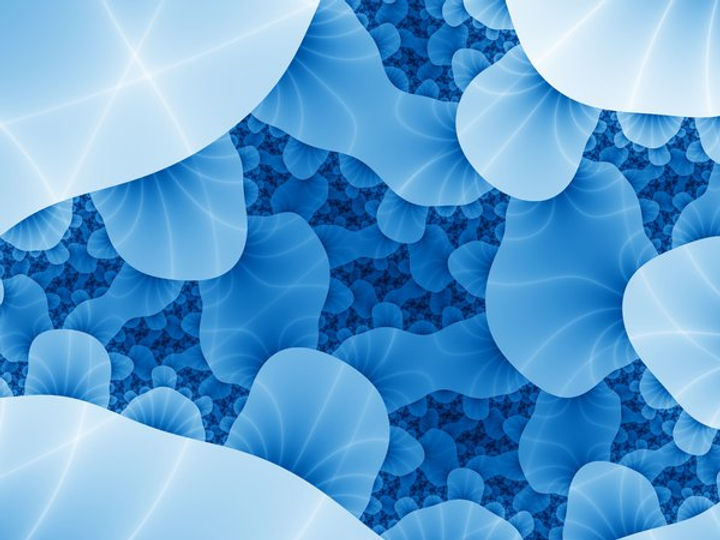
IMMUNOFLUORESCENCE TECHNIQUE
1) Use In Cultured Fibroblasts From Mediterranean cetaceans As New “In Vitro” Tool to Investigate Effects of Environmental Contaminants
The Immunofluorescence of CYPIAI and CYP2B were cultured in fibroblast of striped dolphin and bottlenose dolphin. Then an “In Vitro Assay was conducted to quantify induction of endogenous proteins such as CYPIAI and CYP2B which were induced by different contaminant. Next, the protein level was determined by measuring the immunofluorescence intensities and different treatment were given based on type of contaminant. Hence, this in vitro Immunofluorescence technique is efficient and rapid to detect the different levels of xenobiotics in marine mammals and proper treatment can be given to save the animals.
2) Detection and localization of the presence or absence of specific DNA sequences in chromosomes
Bind specific antibody chemically conjugated with fluorescent dye such as fluorescent isothiocyanate(FITC) to allow the visualization of specific protein or antigen in cells or tissues. This tool is used to analyse a variety of tissue in renal and dermatologic specimens.
3) Use of Immunofluorenscence to visualize cell specific of gene expression within cells/tissues
Immunofluorescence technique was used to visualize cell specific gene expression from the early to intermediate stages of sporulation in Bacillus subtilis. Firstly, the sporangia was doubly stained with propidium iodide to visualize forespore and mother cell nucleoids were stained with fluorescein-conjugated antibodies to visualize the location of beta-galactosidase which produced under the control of the sporulation RNA polymerase sigma factors sigma E and sigma F.
4) Diagnostic Test of Breast cancer
Quantitative immunofluorescence uses antibodies tagged with fluorescent dyes to detect specified proteins in breast cancer tissue. The antibodies bind to their targets, which are related to the action of certain chemotherapy drugs. The resulting fluorescence can be measured, or quantitated, with a digitized microscope. The amount of fluorescence detected can be used to indicate which drug treatment will be most effective.
Antibody Conjugation - FITC
Application